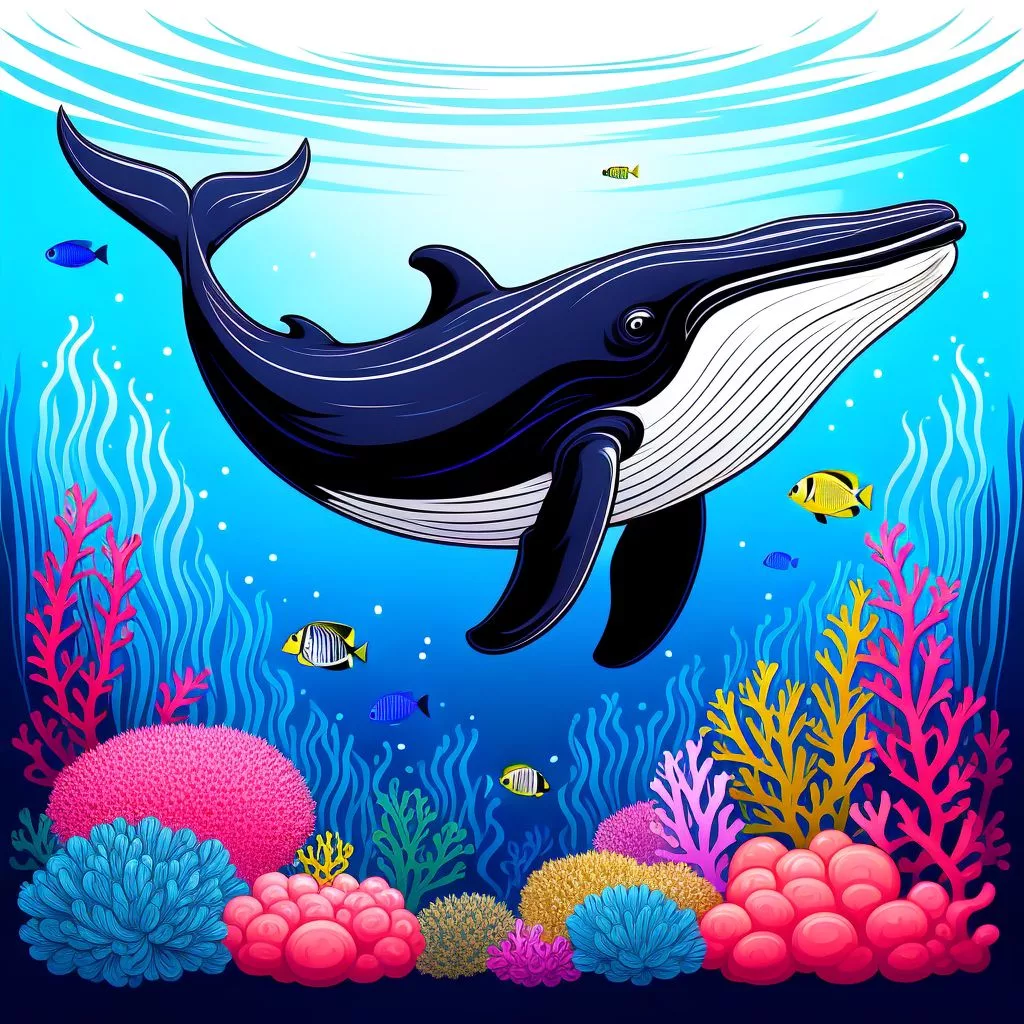Hermanus, a beautiful coastal town in South Africa, is about to shine even brighter with the opening of the South African Whale Centre (SAWC). This exciting new place will focus on marine conservation and education, helping people understand and care for the ocean and its creatures. Visitors will get to experience whales like never before, with cool technology that makes learning fun. The centre aims to inspire everyone to protect our marine life while boosting tourism and the local economy. With this new chapter, Hermanus is ready to lead the way in caring for the ocean’s wonders!
What is the South African Whale Centre and its significance in Hermanus?
The South African Whale Centre (SAWC) is a groundbreaking facility in Hermanus focused on marine conservation and education. It integrates scientific research with public engagement, offering immersive experiences through advanced technology. The SAWC aims to inspire environmental stewardship and boost sustainable tourism in the region.
Hermanus: A Seaside Sanctuary for Whales
Hermanus, an idyllic coastal town in South Africa, has long captivated visitors with its stunning landscapes and exceptional whale-watching opportunities. Every year, the shores of this town welcome the majestic humpback and southern right whales, drawing enthusiasts from around the globe eager to witness these marine giants in their natural splendor. The town’s unique charm, coupled with its rich biodiversity, makes it a renowned destination for those seeking a closer connection with nature.
The influx of tourists, driven by the allure of these awe-inspiring marine creatures, has supported a thriving local economy while also highlighting the need for sustainable tourism practices. As visitors flock to Hermanus to marvel at the sight of whales breaching and frolicking in the bay, the town remains committed to preserving its natural beauty and environmental integrity. This delicate balance of tourism and conservation is central to the town’s identity and future.
Yet, Hermanus is on the cusp of something even greater—a transformative step in marine conservation and education that promises to elevate its status on the global stage. The forthcoming establishment of the South African Whale Centre (SAWC) heralds a new chapter for the town, one that intertwines its rich natural heritage with advanced scientific research and education.
The South African Whale Centre: A Beacon of Conservation
The SAWC is set to replace the existing Whale House Museum, offering an innovative approach to marine education and conservation. At its heart, the centre will host the Whale Unit of the University of Pretoria’s Mammal Research Institute (MRI), a collaboration that underscores the importance of integrating cutting-edge scientific research with public engagement. This union of science and education aims to deepen the understanding of marine ecosystems and the pressing need for their protection.
The centre promises visitors a unique, immersive experience through the use of advanced technologies. With features like a 3D dome, augmented reality displays, and virtual whale encounters, guests will have the opportunity to explore the underwater world in unprecedented ways. These technological innovations are designed to foster a profound appreciation for marine life and inspire a new generation of conservation advocates.
Moreover, the SAWC is not just about showcasing technology. It seeks to spark a lasting impact by intertwining storytelling and science, creating an environment that encourages visitors to become active participants in marine preservation. This commitment to education and engagement is pivotal in addressing the urgent environmental challenges of our time.
A Visionary Initiative with Community at its Core
Dr. Els Vermeulen, who leads the UP MRI Whale Unit, emphasizes the centre’s potential to amplify conservation efforts through public involvement. For nearly forty years, the University of Pretoria has been at the forefront of whale research in Hermanus. The SAWC builds on this legacy, striving to inspire a sense of environmental stewardship among all who visit.
Grahame Lindop, the visionary behind the SAWC’s conception, articulates the centre’s aspirations to nurture a sense of responsibility toward the marine environment. By connecting science with the public in meaningful ways, the SAWC aims to transform visitors from passive observers into active conservation advocates. This connection is crucial in a world where collective action is essential to address environmental issues.
In addition to its educational and conservation goals, the SAWC is poised to boost tourism in Hermanus. As an innovative attraction, it reinforces the town’s reputation as a premier destination for whale watching and aligns with local and regional development objectives. The economic benefits of sustainable tourism underscore the centre’s role as a catalyst for both environmental and economic prosperity.
Challenges and Aspirations for the Future
Despite its ambitious goals, bringing the SAWC to life requires navigating various challenges, with fundraising being a top priority. The dedicated team behind the centre is committed to creating a premier destination for marine enthusiasts, researchers, and conservationists alike. By blending science, technology, and environmental stewardship, the SAWC aims to turn its visionary aspirations into reality.
Hermanus, with its breathtaking scenery and active community, offers the perfect setting for this groundbreaking initiative. The region’s history of conservation efforts, coupled with its vibrant marine biodiversity, positions it as an ideal location for the SAWC. The centre embodies the spirit of Hermanus, where nature, science, and community converge in pursuit of a sustainable future.
As the SAWC approaches its opening, it invites the world to imagine a future where marine conservation takes center stage. Through visitor engagement, education, and advanced scientific research, the centre seeks to set new benchmarks in marine conservation. Its success will reflect the dedication of a community and a nation committed to preserving the ocean’s wonders for future generations.
Hermanus stands at the forefront of a new era in marine conservation with the advent of the South African Whale Centre. This pioneering facility promises to integrate research, education, and tourism into a powerful force for environmental stewardship. Through cutting-edge technology and a steadfast commitment to scientific discovery, the SAWC aspires to inspire a global audience to protect and cherish the marine world. As the centre prepares to welcome visitors, it carries the hopes and dreams of a community dedicated to safeguarding the treasures of the ocean for the benefit of all.
FAQ: South African Whale Centre and Hermanus
What is the South African Whale Centre and its significance in Hermanus?
The South African Whale Centre (SAWC) is a groundbreaking facility in Hermanus dedicated to marine conservation and education. It combines scientific research with public engagement, offering immersive experiences through advanced technology. The SAWC aims to inspire environmental stewardship while boosting sustainable tourism in the region.
How does the SAWC enhance marine education and conservation?
The SAWC will replace the existing Whale House Museum and will feature the Whale Unit of the University of Pretoria’s Mammal Research Institute. By integrating cutting-edge research with public education, the center aims to deepen understanding of marine ecosystems and promote the need for their protection.
What unique experiences can visitors expect at the SAWC?
Visitors will be treated to a unique, immersive experience through features such as a 3D dome, augmented reality displays, and virtual whale encounters. These technological innovations are designed to foster a profound appreciation for marine life and inspire a new generation of conservation advocates.
How does the SAWC aim to involve the community in conservation efforts?
The SAWC seeks to transform visitors from passive observers into active conservation advocates by connecting science with the public in meaningful ways. It aims to nurture a sense of responsibility toward the marine environment, encouraging everyone to participate in marine preservation efforts.
What impact will the SAWC have on local tourism and the economy?
The SAWC is poised to boost tourism in Hermanus, reinforcing the town’s reputation as a premier whale-watching destination. By aligning with local and regional development objectives, the center will provide economic benefits through sustainable tourism practices, contributing to both environmental and economic prosperity.
What are the challenges facing the SAWC as it prepares to open?
While the SAWC has ambitious goals, it faces challenges, particularly in fundraising. The dedicated team behind the center is committed to overcoming these obstacles to create a premier destination for marine enthusiasts, researchers, and conservationists, blending science, technology, and environmental stewardship for a sustainable future.












